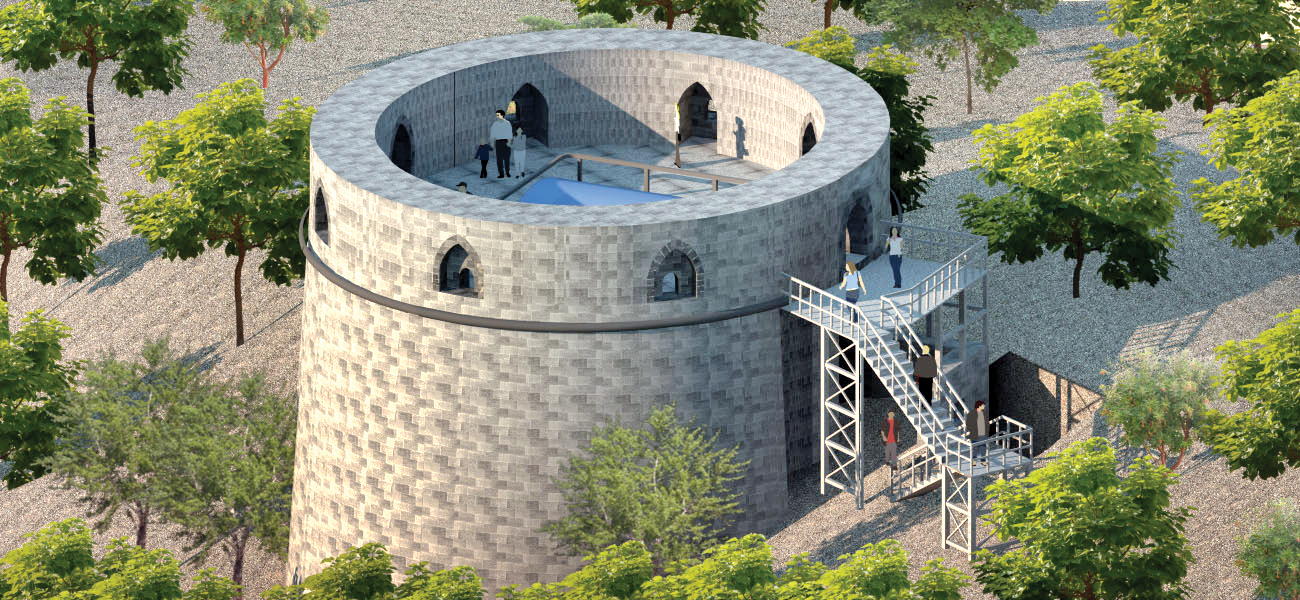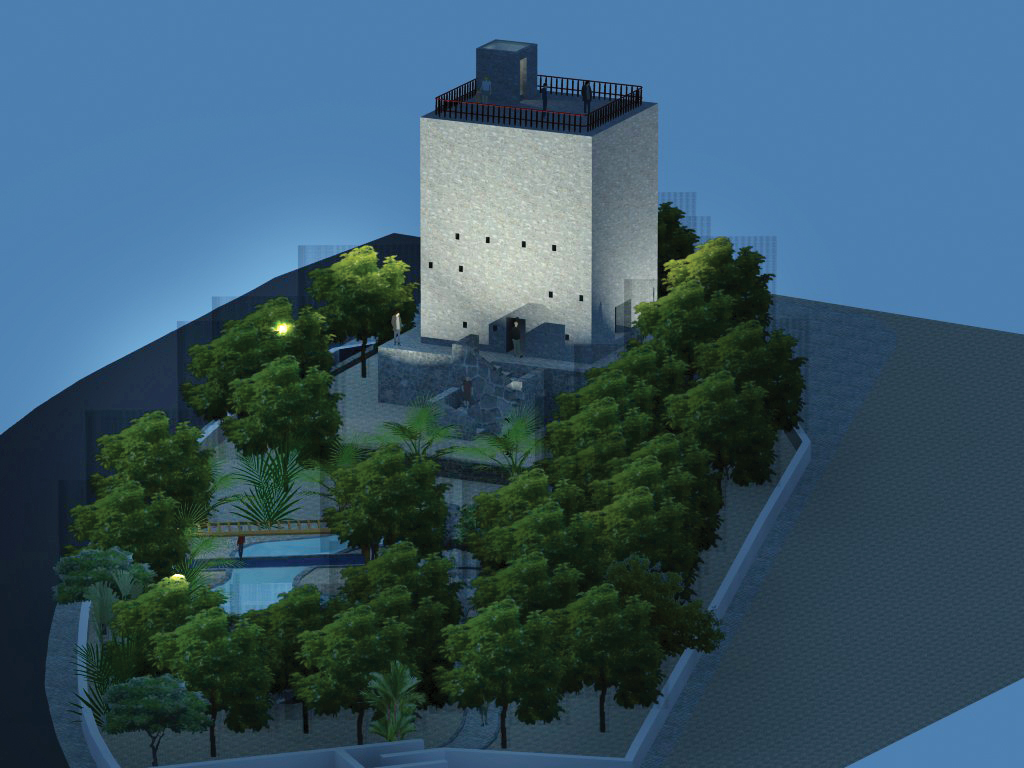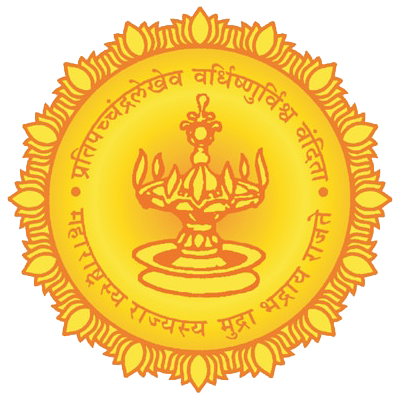Belapur Fort Beautification
The History

Belapur Fort is the oldest historical monument in Navi Mumbai periphery, although in form of ruins. Siddi people of Janjira built a fort between 1560 and 1570 AD after successfully seizing the area from Portuguese control. It has been conquered by the Dutch, Marathas and British East India Company in its history of nearly 250 years.
The fort was known as Shabaz once upon a time. Village Shahabaz in the nearby area testifies the old name of the fort. Chimaji Appa, younger brother of Bajirao Peshwa of the Maratha Empire renamed it as Belapur Fort. He seized the fort from the Portuguese in 1737. On his way to conquer the fort he vowed to garland the idol of Lord Shankar in the nearby Amruteshwar temple with the Bel leaves. Thus after the victory it was named after the tree of Bel.
The place remained under Maratha control until June 23, 1817, when Captain Charles Gray of the East India Company captured and partially destroyed it to shatter the Maratha stronghold. The fort lost its importance as the Bombay Presidency got expanded.
Location & Project
It is located right opposite the modern monument of Navi Mumbai, the NMMC headquarters building and marks the beginning of the iconic internal expressway CIDCO has built, the Palm Beach Road. The fort area comprised of 5 acres and is under CIDCO’s jurisdiction. CIDCO has taken up a flagship project to restore and beautify the remains of the Belapur Fort.
Vice-chairman and Managing Director Lokesh Chandra inaugurated the project symbolically on 16th June 2019. CIDCO has assigned the task to Kimaya Architects, experts in historic monument restoration. The project implies restoration of the remains of the fort in order to preserve the historic legacy. The estimated cost of the project is Rs. 17 crores. The fort will be developed as a tourist spot and most happening place of socio-cultural events.
The project will be significant for the young generation from educational point of view as it unfurl the pages of glorious age in Indian history. The credit of pioneering the Indian Navy (Armar) goes to Chhatrapati Shivaji Maharaj. The founder of Hindavi Swarajya fortified his territory from the coastal side realising that it was most vulnerable side. Hence most of Maratha empire forts are built along the coastline. Belapur Fort is one of them from the category of Jal Durg - coastal fort.
The Restoration

Kimaya would adopt architecture style of historic forts and use material to suit it. The plan is afoot restore monument and develop it into a tourist spot. The trail in the area will make the tourists aware of the facts of the fort bring alive the history. In order to preserve the biodiversity, the Fort and its surroundings will be developed as a natural trail. The battery-operated vehicle will be made available within the fort to avoid fuel pollution. The old bastion (Buruj) will be restored and converted into watch tower that will offer a bird’s eye view of the surrounding nature’s beauty.
The Beautification
The arrival plaza at the access point will have facilities like ticket window, resting place, shopping etc. A stairway leading from the arrival plaza and the ramp will be constructed. An innovative concept of amphitheatre and open theatre on the backdrop of the Burj will be implemented. These facilities will prove beneficial for organising the cultural and educational programmes, educational projects, trips and camps.
Salient Features
Light-sound presentation show-casing history of the fort
Tourist spot, educational and cultural centre
Museum and Exhibition Centre presenting the glory of Maratha Navy and war-time exhibits
Parking lot, cafeteria, pavilion, amphitheatre, open theatre, garden and fountain


